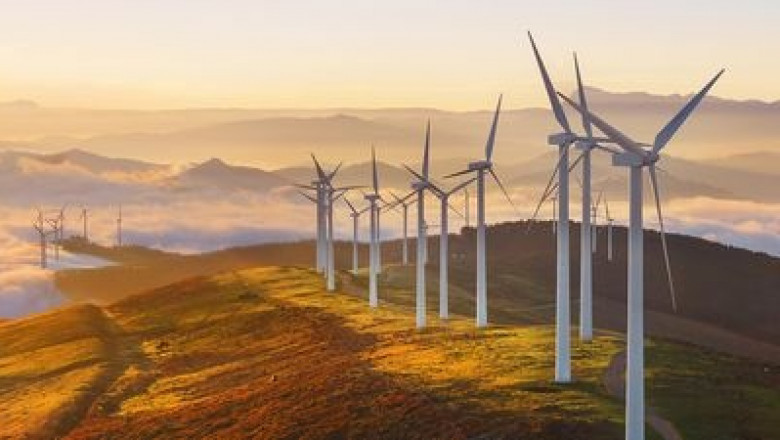views
Before building a wind farm, it's important to know how strong and reliable the wind is at that location. This process is called a wind resource assessment, and it helps decide whether the site is suitable for generating wind power.
Here are the best practices to follow:
1. Choose the Right Site
Start by identifying areas with strong, steady winds and open land. Avoid places with lots of trees, buildings, or mountains that could block or disturb the wind flow.
Tip: Use wind maps and satellite data to shortlist promising locations.
2. Install a Met Mast or Lidar
A meteorological mast (met mast) is a tall structure with sensors that measure wind speed and direction at different heights. Lidar is another modern tool that uses laser beams to measure wind. These tools collect real-time wind data for at least 12 months—more data gives better accuracy.
Tip: Why it matters: Good measurements reduce financial risk and help optimize turbine placement.
3. Measure More Than Just Wind Speed
It’s not just about how fast the wind blows. You should also record:
Wind direction
Air pressure
Temperature
Turbulence
Wind shear (how wind speed changes with height)
Tip: This helps in selecting the right turbine model and height.
4. Use Quality Equipment and Regular Calibration
Ensure sensors and data loggers are high-quality and well-calibrated. Poor-quality equipment can give misleading results, which can lead to wrong decisions later.
Tip: Also, protect your equipment from birds, lightning, and strong storms.
5. Analyze the Data Professionally
Once the data is collected, it should be analyzed by experts using industry-standard software. They compare local data with long-term regional climate data to estimate how much energy the wind farm will generate over time.
Tip: This process is called "long-term correction" and helps in energy forecasting.
6. Understand Uncertainties and Risks
Every site has some level of uncertainty. A proper assessment includes identifying those risks—like seasonal changes, terrain effects, and potential measurement errors—and planning around them.
7. Follow International Guidelines
Stick to international standards like IEC 61400-12-1 when setting up met masts and collecting data. This ensures your study is trusted by investors, developers, and regulators.
Who’s Leading the Way in Wind Resource Assessments?
SgurrEnergy is a globally recognized renewable energy consultancy with strong expertise in wind resource assessments. With over 20 years of experience, they’ve helped design and evaluate wind farms across India and other countries.
They offer end-to-end support, including:
- Site selection
- Met mast and lidar installation
- Data analysis and reporting
- Energy yield assessments
- Risk and bankability studies
SgurrEnergy ensures wind projects are built on solid data, helping developers make smart, confident decisions from the very beginning.
A good wind resource assessment means better planning, better performance, and fewer surprises later on. And with experienced partners like SgurrEnergy.






















Comments
0 comment